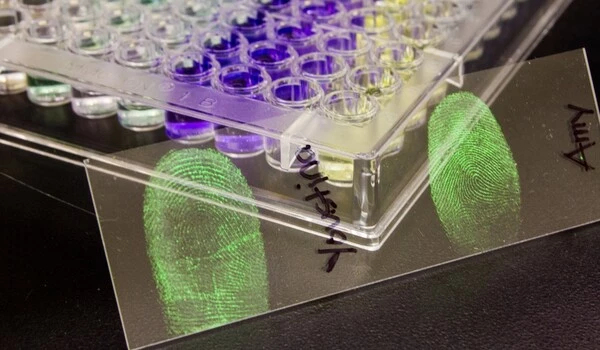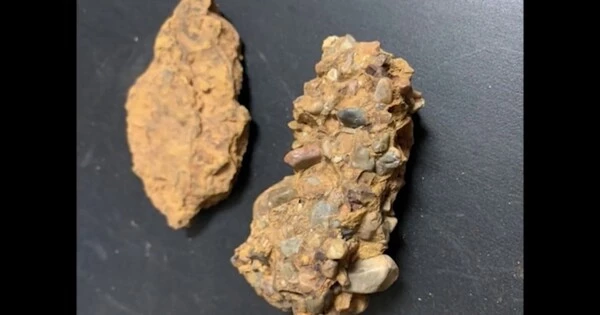Researchers detected buried kimberlite, the rocky home of diamonds, by examining the DNA of surface soil bacteria. Without drilling, these ‘biological fingerprints’ can tell what minerals are buried tens of meters beneath the earth’s surface. According to the researchers, this is the first time current DNA sequencing of microbial communities has been used in the search for subterranean minerals.
According to co-author Bianca Iulianella Phillips, a doctoral candidate at UBC’s department of earth, ocean, and atmospheric sciences (EOAS), the research published in Nature Communications Earth and Environment represents a new tool for mineral exploration, where a full toolbox could save prospectors time and a lot of money.
The technique adds to the relatively small number of techniques that aid in the discovery of buried ore, such as initial scans of the ground and element analysis in the underlying rock.
Microbes are better geochemists than us, and there are thousands of them. You might run out of elements to sample, but you’ll never run out of microbes.
Dr. Rachel Simister
“This technique was born from a necessity to see through the earth with greater sensitivity and resolution, and it has the potential to be used where other techniques aren’t working,” Phillips said.
When ore interacts with soil, it affects the microbial communities in the soil. The researchers tried this in the lab by adding kimberlite to soil bacteria and observing how their quantity and species altered. “We took those changed communities of microbes as indicators for the presence of ore materials, or biological fingerprints in the soil of buried mineral deposits,” Phillips went on to say.
Using these ‘indicator’ microbes and their DNA sequences, the team tested the surface soil at an exploration site in the Northwest Territories where kimberlite had previously been confirmed through drilling. They found 59 of the 65 indicators were present in the soil, with 19 present in high numbers directly above the buried ore. They also identified new indicator microbes to add to their set.

They used this set to test the surface soil at a second site in the Northwest Territories where they suspected kimberlite was present, and they were able to correctly pinpoint the topological outline and location of kimberlite buried tens of meters beneath the earth’s surface. This demonstrated that signs from one site could predict position at another. In the future, exploration teams may compile a database of indicator species and test an unknown location to see if kimberlite reserves are hidden beneath the soil.
The researchers compared their method to another known as geochemical analysis, which involves examining components in the soil to identify the minerals beneath. When it came to locating buried ore, the microorganisms were more precise.
“Microbes are better geochemists than us, and there are thousands of them,” said lead author Dr. Rachel Simister, a postdoctoral researcher in the UBC department of microbiology and immunology (M&I). “You might run out of elements to sample, but you’ll never run out of microbes.”
The technology, developed by a team that included Phillips, Dr. Simister, Dr. Sean Crowe, and the late professor Peter Winterburn, has the potential to accelerate the finding of new kimberlite deposits. These rocks are known not just for their diamond potential, but also for their ability to trap and store atmospheric carbon.
The approach has the potential to be applied to other metallic deposits. Ongoing research by the team yields comparable results for detecting porphyry copper deposits.
“You could use this technique to find minerals to fuel a green economy,” said Dr. Crowe, senior author and Canada Research Chair in Geomicrobiology at EOAS and M&I. “Copper is the most important critical element that we’ll need more of going forward.”





